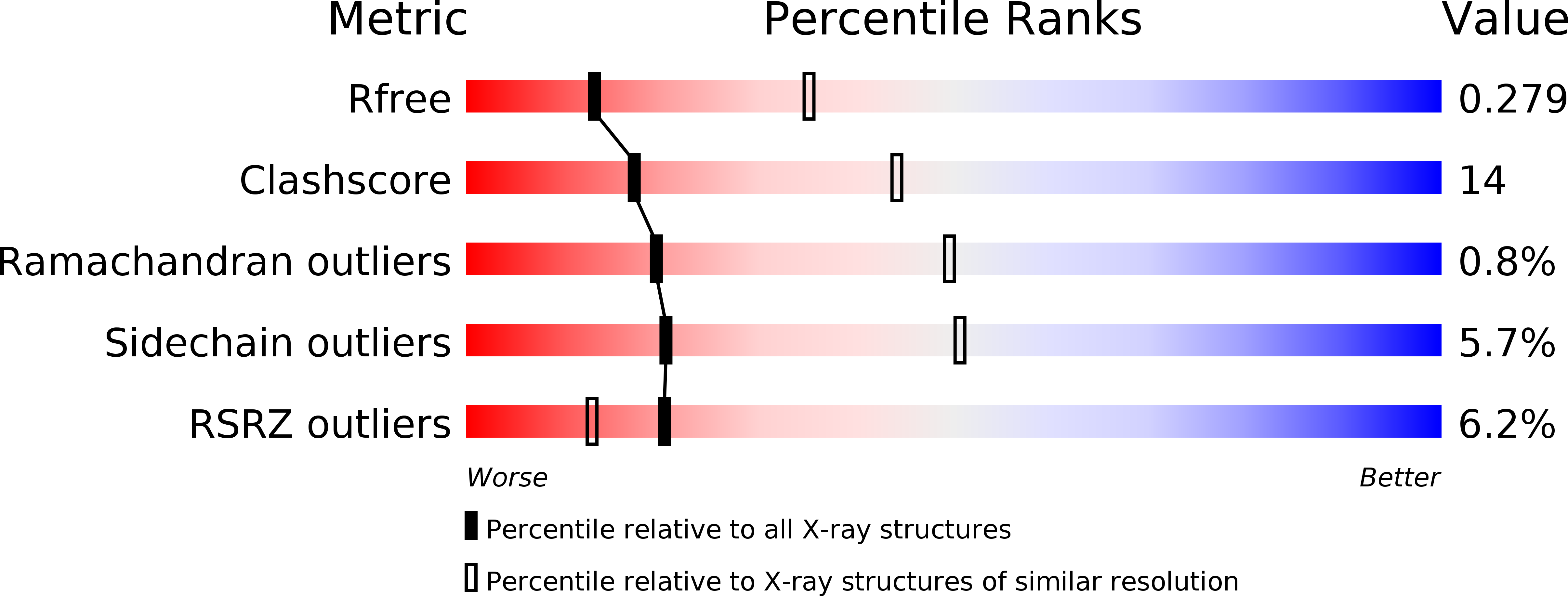
Deposition Date
2011-12-03
Release Date
2012-05-02
Last Version Date
2023-09-13
Entry Detail
PDB ID:
3UX1
Keywords:
Title:
Structural Characterization of Adeno-Associated Virus Serotype 9
Biological Source:
Source Organism:
Adeno-associated virus 9 (Taxon ID: 235455)
Host Organism:
Method Details:
Experimental Method:
Resolution:
2.80 Å
R-Value Free:
0.28
R-Value Work:
0.28
R-Value Observed:
0.28
Space Group:
P 32


